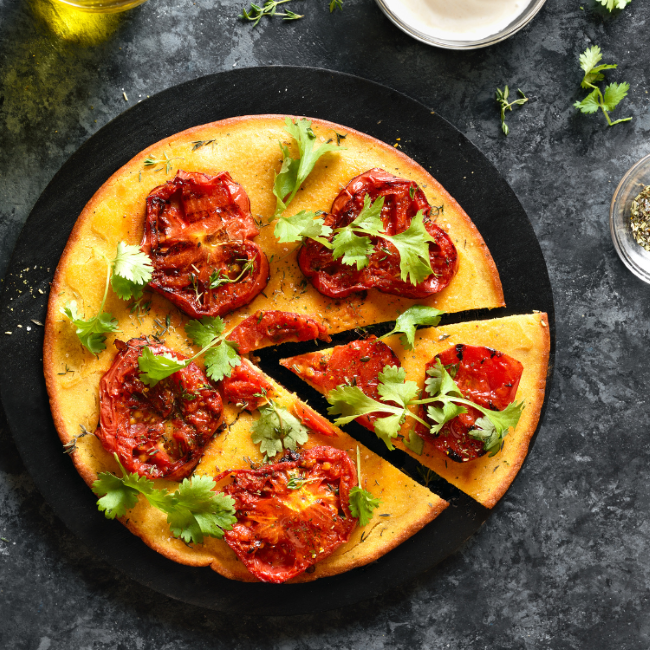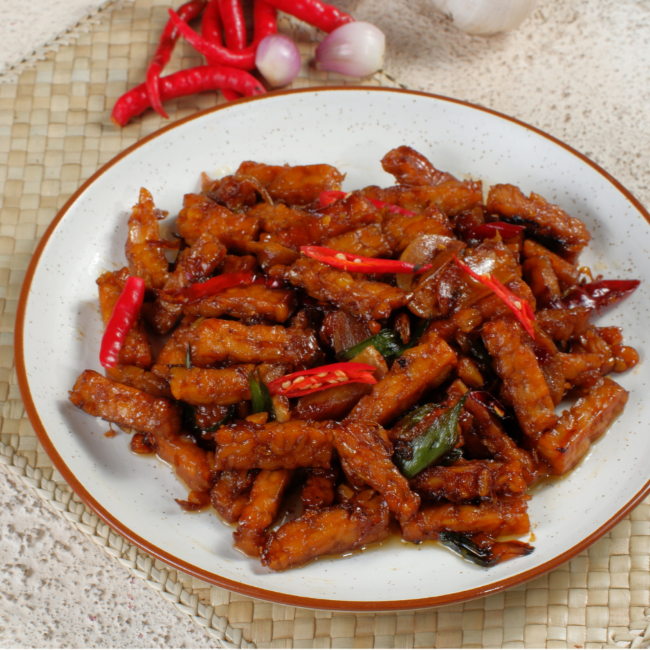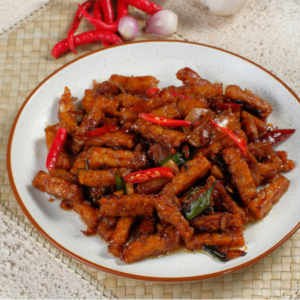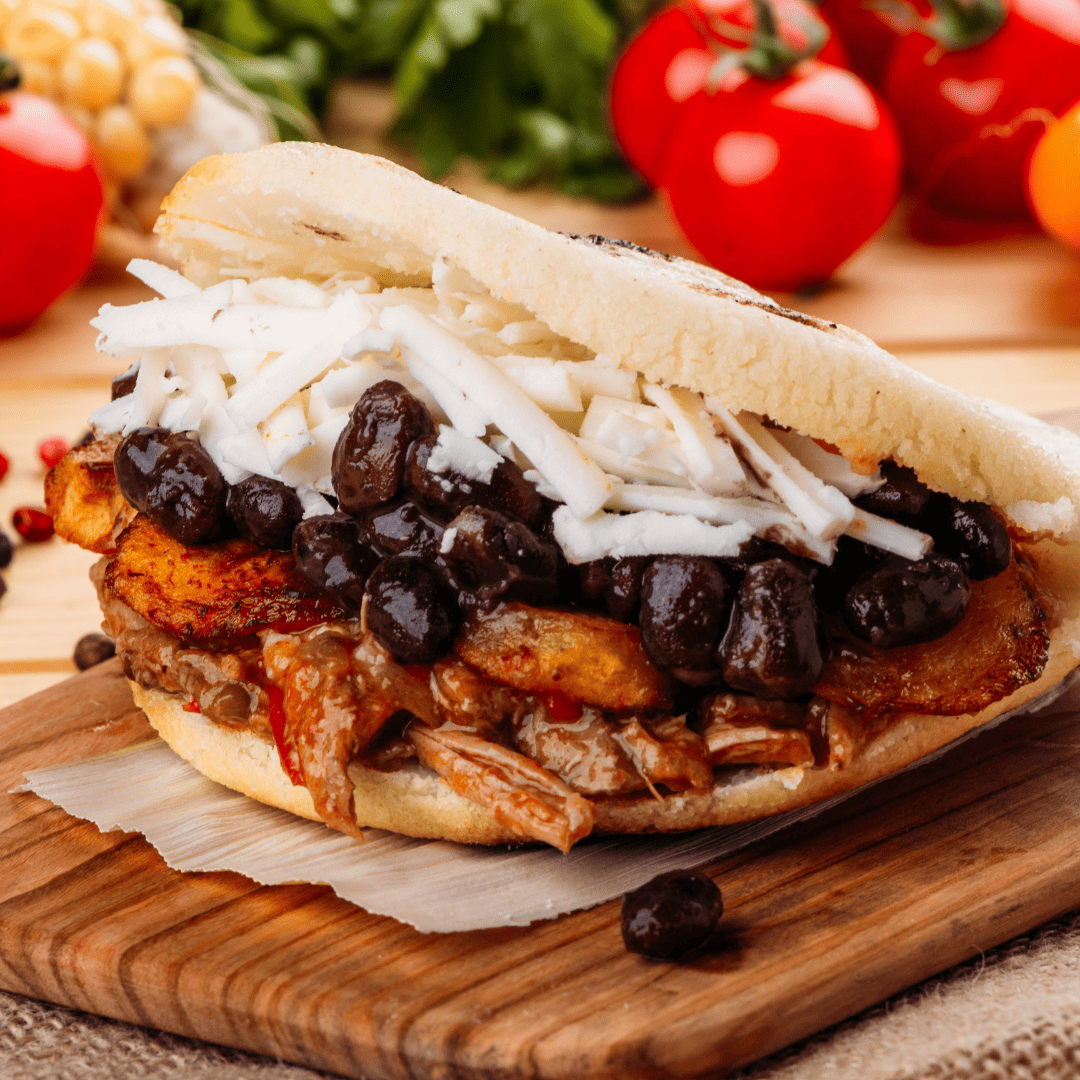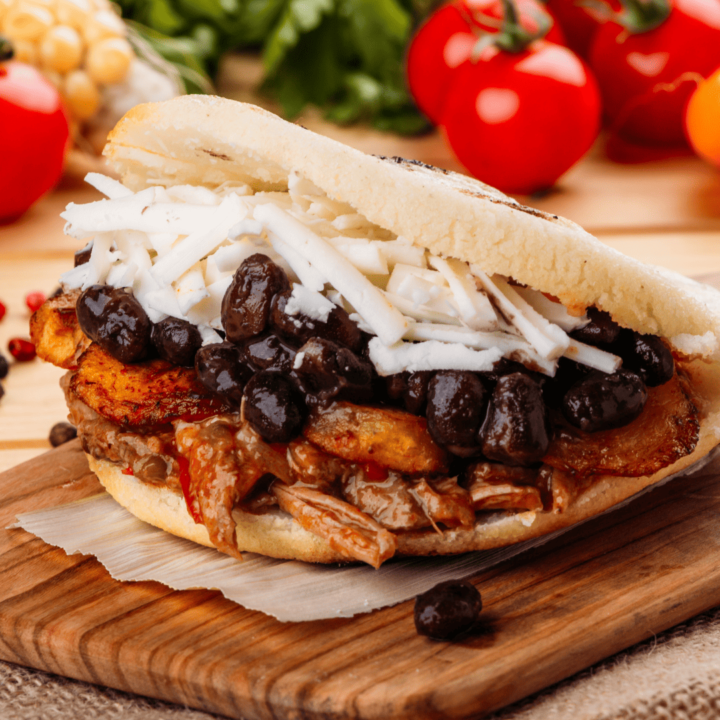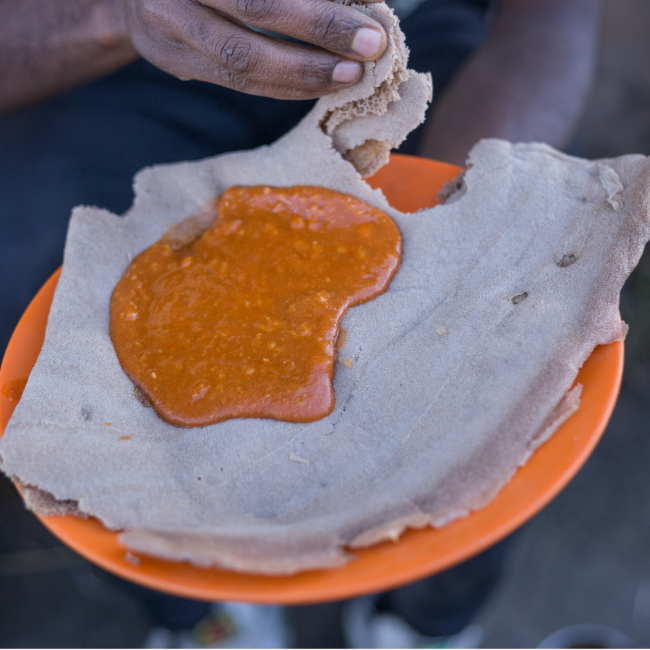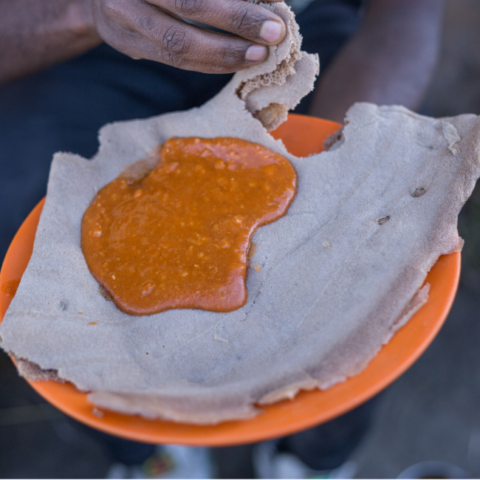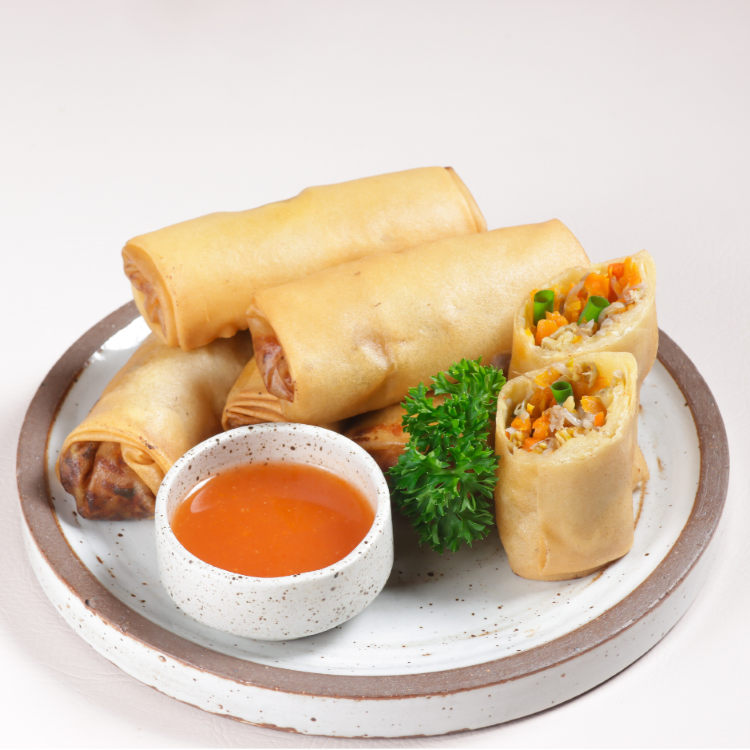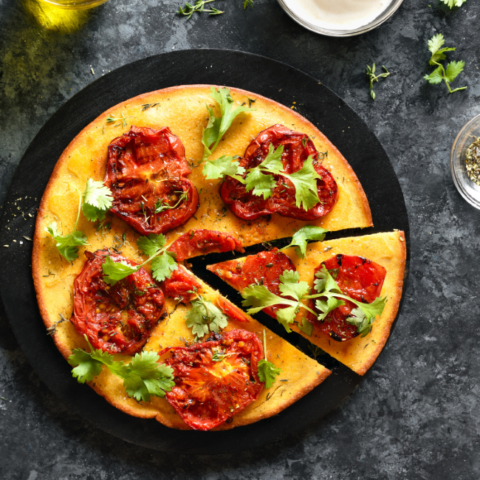
Italian Farinata
Prep Time:
10 minutes
Cook Time:
30 minutes
Total Time:
40 minutes
Farinata is a traditional Italian chickpea flour pancake, crispy on the outside and soft on the inside. Originating from Liguria, this simple yet flavorful dish is naturally gluten-free and perfect as a snack, appetizer, or pizza alternative.
Ingredients
- 1 cup Farinata blend *
- 1 ½ cups water
- 2 tbsp olive oil, divided
- ½ tsp salt (or to taste)
Instructions
Preheat & Prepare
- Preheat the OVEN to 450°F (higher heat helps crisp the edges).
- To a 10-inch cast-iron or baking PAN, add 1 tbsp olive oil, swirling to coat the bottom evenly.
- Place the pan in the oven while it preheats.
Blend the Batter
- In a BLENDER, combine the Farinata blend, water, 1 tbsp olive oil, and salt.
- Blend for 1-2 minutes until smooth.
- Let the batter rest for 30 minutes (optional but improves texture).
Bake
- Carefully remove the hot pan from the oven.
- Slowly pour the batter into the hot pan.
- Bake for 20-25 minutes until the edges are golden and crisp.
- If you like extra crispness, broil for 1-2 minutes at the end.
Tip
- Add toppings after the surface has set, after about 15 minutes.
Serve
- Let cool slightly, then slice and enjoy!
Notes
* The Farinata blend contains garbanzo bean flour, sun-dried tomatoes, garlic, and rosemary.
1 cup garbanzo bean flour contains 21 g of protein. For more nutrition information click here.
